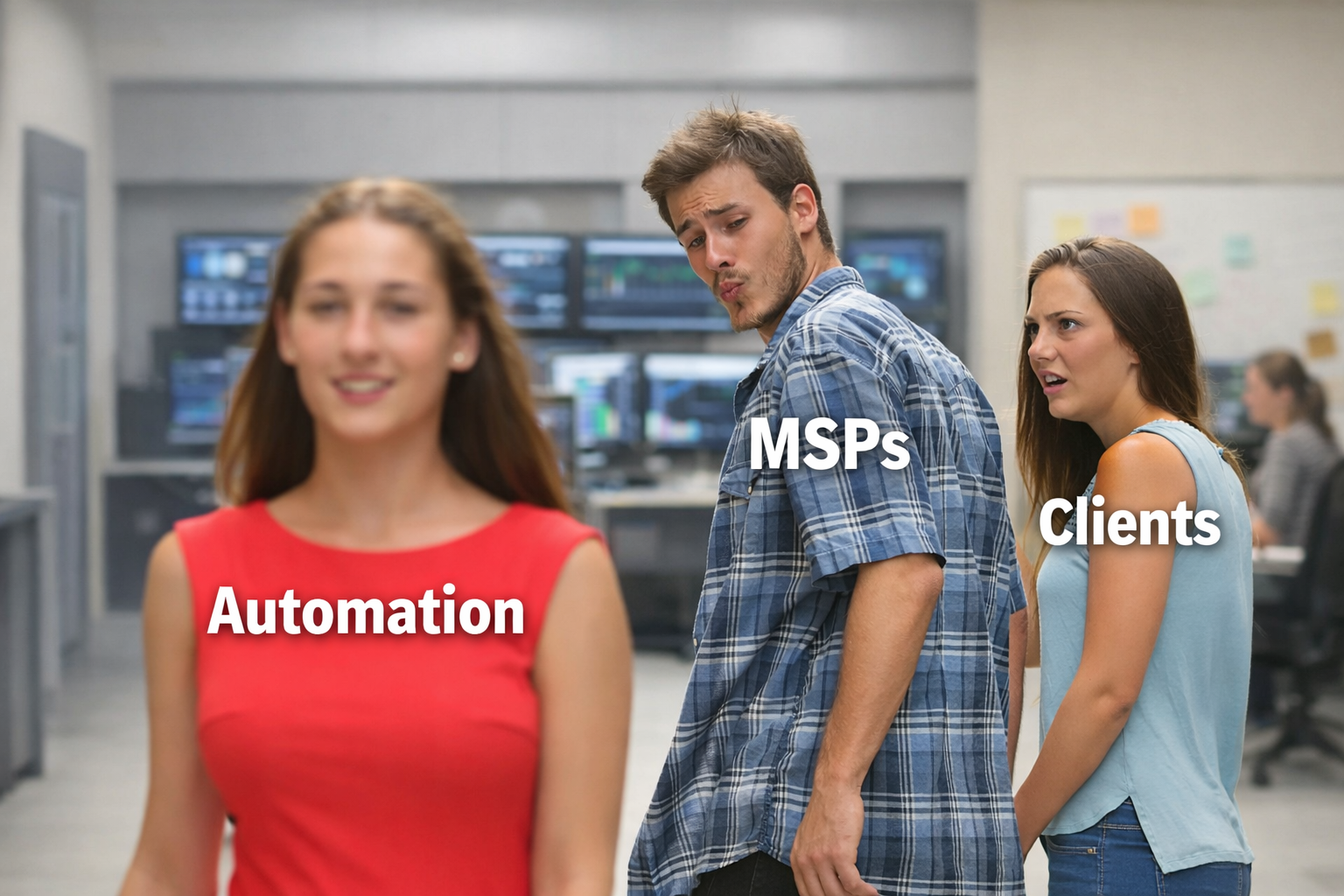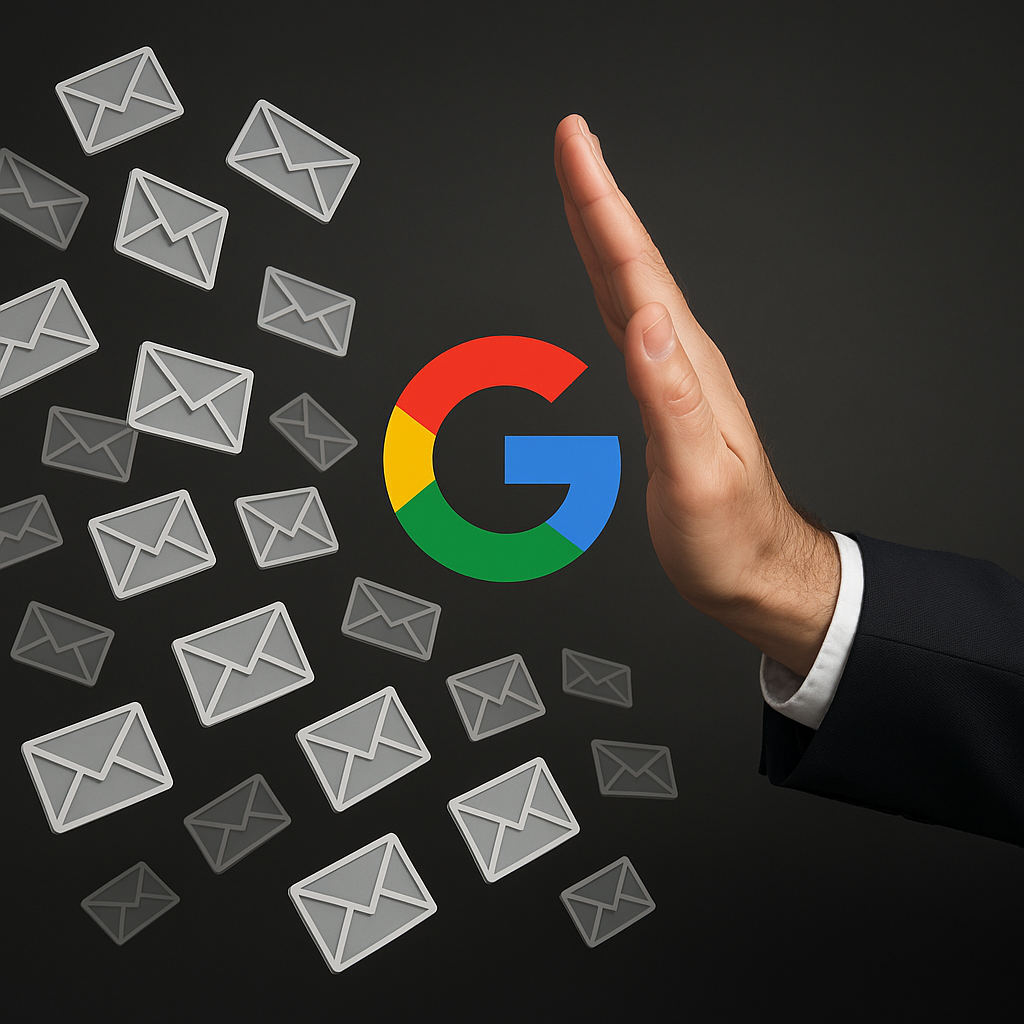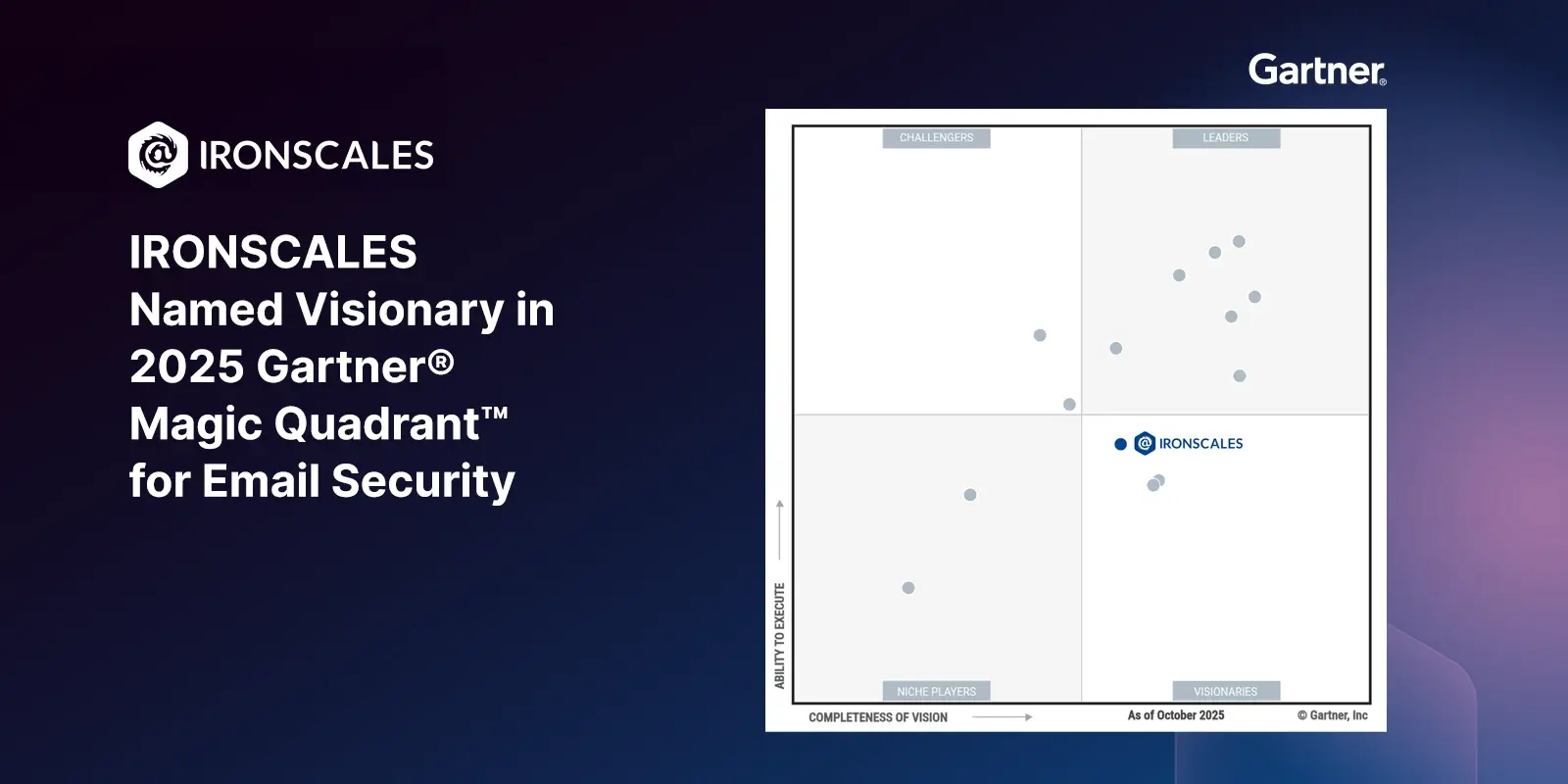Table of Contents
It usually starts small—a missed phish here, a lost customer email in the quarantine abyss. Maybe a few grumbles from your support team about never-ending rule updates. At first, you let it slide. You think, 'That’s just how it goes'; you convince yourself that every relationship has its rough patches.
But over time, the cracks spread. You start questioning why you’re spending so much time managing something that seems more interested in making your life difficult than keeping your clients safe. You find yourself scrambling to explain why that CEO impersonation email slipped through. You’re stuck on late-night calls digging through quarantine logs, wondering how a system that promised to make things simpler has gotten so complicated. And why, exactly, are you still paying for this headache?
If you’re an MSP, you know what I’m talking about. This is the beginning of the end for your Secure Email Gateway (SEG). The fax machine of the cybersecurity world. This post is your intervention. It’s the first in a three-part series about why it’s time to break up with your SEG, how we got here, and how to move forward with something that actually delivers.
A Brief (and Occasionally Painful) History of Email Security
Like all good relationships, email security started with the best intentions. But somewhere between antivirus CDs and AI-generated phishing lures, things got complicated.
Act I: Antivirus and Spam Filters
In the early days of email, security was straightforward. Antivirus software paired with a spam filter was enough to block known viruses and generic junk. These tools provided just enough protection to lull businesses into a light sleep each night. If a message looked suspicious or carried a virus signature, it was stopped. Anything more subtle or novel? Not so much, but this was acceptable in the 90s.
For MSPs, this era was far from high-maintenance. There wasn’t much to tune or monitor. But when something slips past those defenses, you’re the one fielding the emergency call. These tools were reactive, not predictive, and the consequences of that gap were left for you to manage. Reliable? Certainly, within the first decade following their creation. Sufficient? Not anymore.
Act II: The SEG Era
As email use exploded in the early 2000s, so did the threats. SEGs emerged to offer a more advanced front line of defense. They filtered spam, blocked known malware, enforced policy compliance, and offered customization through rulesets. For a while, SEGs looked like a comprehensive solution and the answer to combatting modern threats.
But SEGs relied on static filtering. They couldn’t adapt to impersonation attacks or phishing emails that carried no payloads. They missed zero-day threats, and keeping them effective required constant tuning. MSPs found themselves doing more manual work: updating rules, managing false positives, supporting end users, and explaining why something important landed in quarantine. You’re not just providing protection—you’re constantly babysitting it.
Act III: Cloud Platforms with Native Security
When businesses shifted to Microsoft 365 (M365) and Google Workspace (GWS), built-in email protection came along for the ride. These native tools offered baseline defense—spam filtering, malware scanning, and basic phishing detection—without needing extra deployment. For many businesses, that felt like progress. It was easy to turn on and seemed “good enough,” but we all know what’s associated with that phrase.
It's important to note that these native tools were never designed to stop modern phishing. They miss identity-driven threats, subtle impersonation, and social engineering attacks with no links or attachments. As an MSP, you’re left explaining how “built-in” doesn't mean "fully secure." When the default settings miss something serious, your clients don’t blame Microsoft. They call you.
Act IV: Integrated Cloud Email Security (ICES)
ICES platforms like IRONSCALES are built for this environment. They deploy directly inside M365 and GWS without changing MX records, working from within the inbox to catch threats in real time.
ICES uses AI to learn communication patterns, detect anomalies, and flag threats that static filters never see. For MSPs, this means fewer support tickets, faster response times, and less time stuck in quarantine queues. You’re not stuck tuning a clunky appliance—you’re delivering protection that learns, adapts, and scales with your business. You are delivering a solution that is built to evolve with the threat landscape.
MSPs Deserve Better
SEGs had their moment. Back when phishing meant suspicious zip files and subject lines in ALL CAPS, they were up to the task. But today? Email threats are smarter, faster, and designed to manipulate trust, not just trip a filter.
Modern phishing doesn’t always come with a shady link or an executable attachment. It might be a vendor impersonation that passes SPF, DKIM, and DMARC. Or a seemingly harmless message asking to confirm a bank account detail from what looks like your client’s CFO. These threats don't get flagged. They get through. And every missed phish is your risk and responsibility.
Attackers aren’t waiting around for signature updates. They’re using automation and generative AI to craft new scams by the hour. If your SEG is still trying to block attacks with a static ruleset, you’re not just behind the curve—you’re on the wrong track entirely. And when the inevitable breach happens, it’s not the SEG that takes the blame. It’s you.
Your clients rely on you to stay ahead of threats, not to patch gaps after the fact. You need tools that evolve with the threat landscape. You need security that works in real time, not on a schedule. You need a platform that learns from every attack—not just the ones it’s seen before.
Your team’s time is valuable. So is your reputation. So is your ability to scale your business without being chained to manually tuning filters or cleaning up post-breach messes. Legacy solutions don’t just cost you money, but they cost you opportunities.
You don’t need another year of playing defense with duct tape. Do not sign on the (virtual) dotted line for a SEG renewal. You need something better. And better exists.
Coming Up Next
This blog kicked off the series with a look at how we got here—the evolution of email security from antivirus to SEG to ICES. But that’s just the beginning.
In Part 2, we’ll move from storytime to showtime.
We’re going to dig into the raw numbers, starting with our 2025 analysis of nearly 2,000 organizations using a SEG alongside IRONSCALES. We’ll break down the average number of phishing emails that SEGs miss per 100 mailboxes per month. And we’ll put that in the context of what that means for MSPs—missed threats, cleanup costs, reputational damage, and how that impacts your ability to grow your business.
You’ll see which SEG providers let through the most threats, what types of phishing attacks slip past their filters, and why static filtering simply can’t keep up.
Then we’ll introduce a new model—one that’s already helping thousands of MSPs worldwide catch threats faster, reduce manual work, and offer their clients a demonstrably better solution.
More data. More transparency. More reasons to say: enough is enough.
Ready to Move on Today?
You can keep holding onto your SEG because it’s “what you’ve always used,” or you can make a change for your team and client’s sanity.
IRONSCALES gives you a clean break. You don’t have to reroute mail. You don’t have to worry about delivery delays. You don’t even have to train your entire team to use a new system. You’ll be up and running in minutes, not weeks. Remediating threats in seconds, not hours. And gaining visibility across all of your client tenants without the management overhead that comes with a traditional SEG.
This is more than switching vendors. It’s about eliminating unnecessary complexity, stopping threats others miss, and giving your team room to breathe.
Break free from SEGs. Secure your clients' inboxes, reclaim your time, and grow your business with IRONSCALES.
Talk with one of our MSP experts today to learn how we can help you break up with your SEG. Because you’re not just leaving something behind. You’re moving your business forward.
Trying to read ahead? We have our latest copy of The SEG Breakup Guide: Why MSPs are Moving On available for download today.
Explore More Articles
Say goodbye to Phishing, BEC, and QR code attacks. Our Adaptive AI automatically learns and evolves to keep your employees safe from email attacks.

/Concentrix%20Case%20Study.webp?width=568&height=326&name=Concentrix%20Case%20Study.webp)




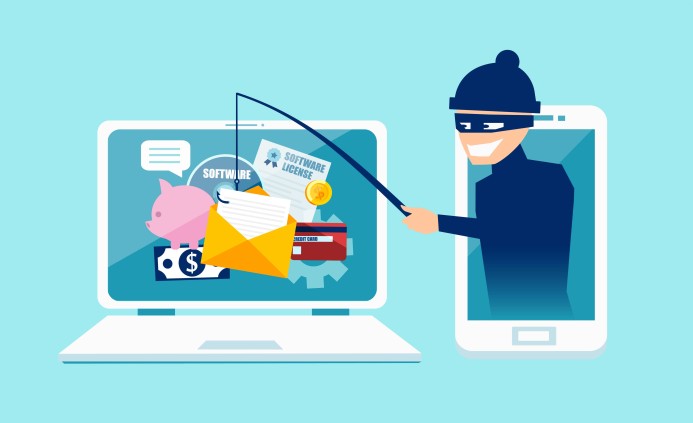
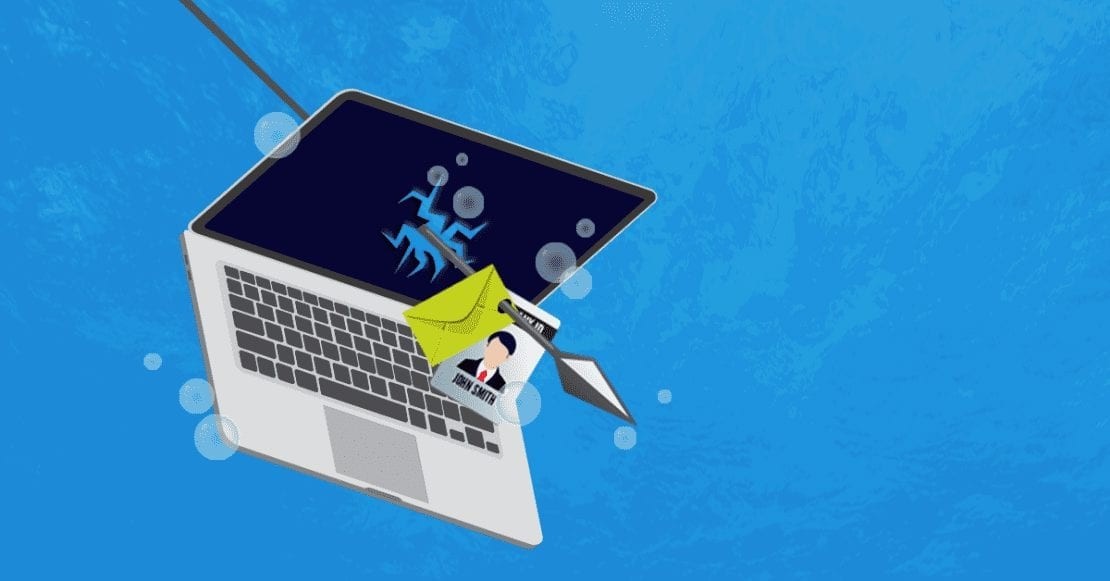
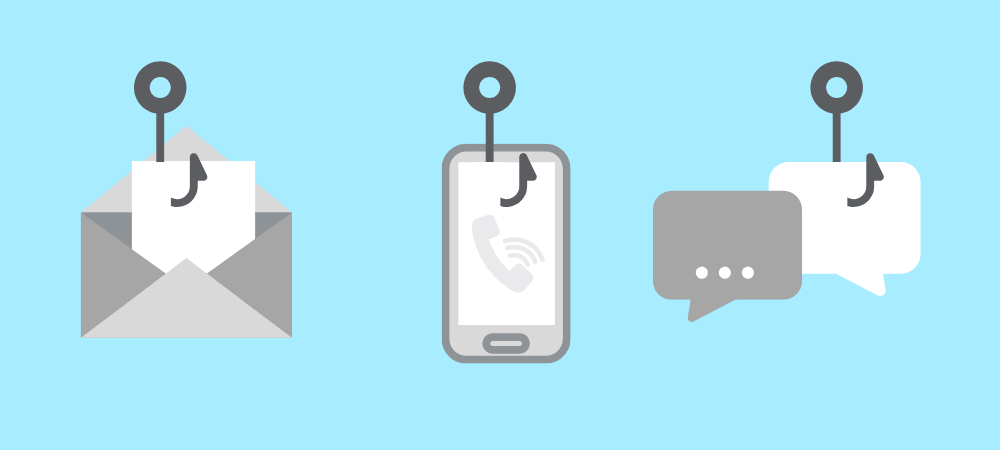

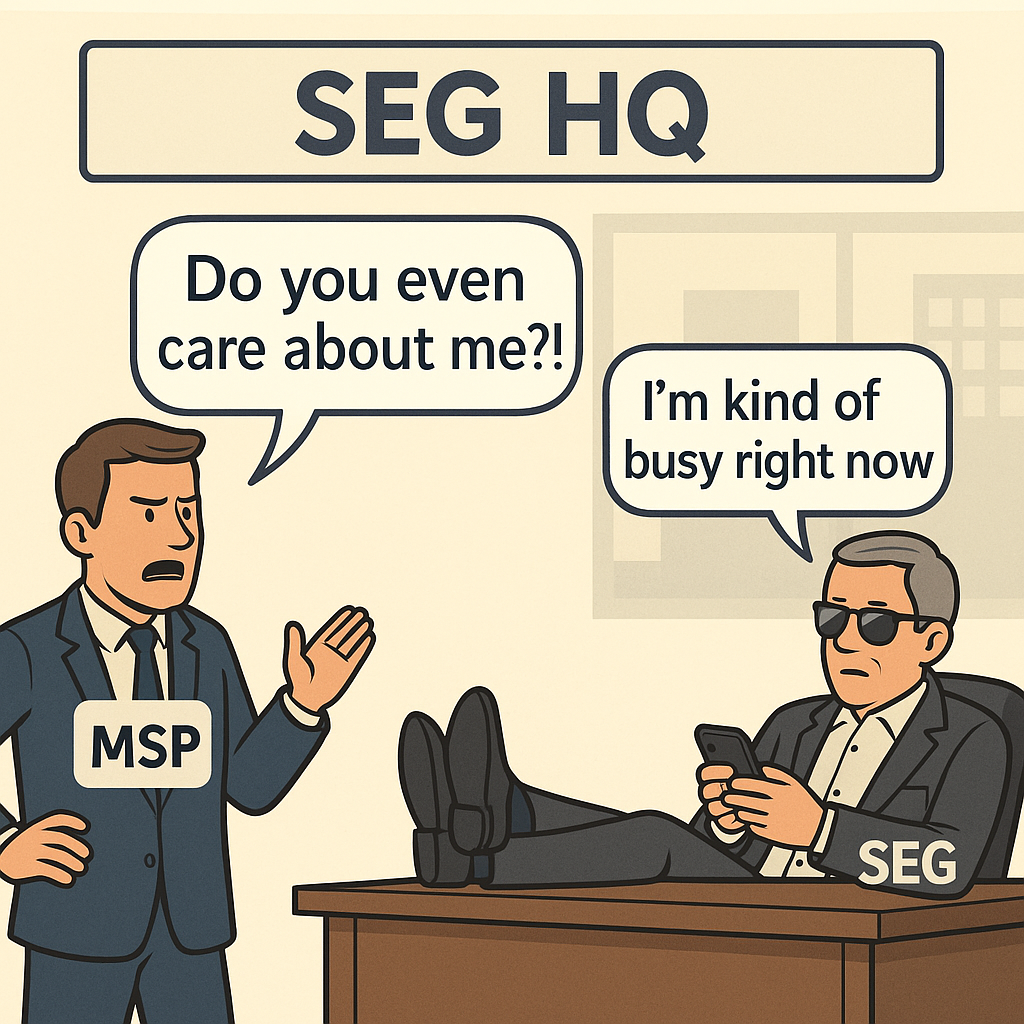



.webp?width=100&height=100&name=PXL_20220517_081122781%20(1).webp)
